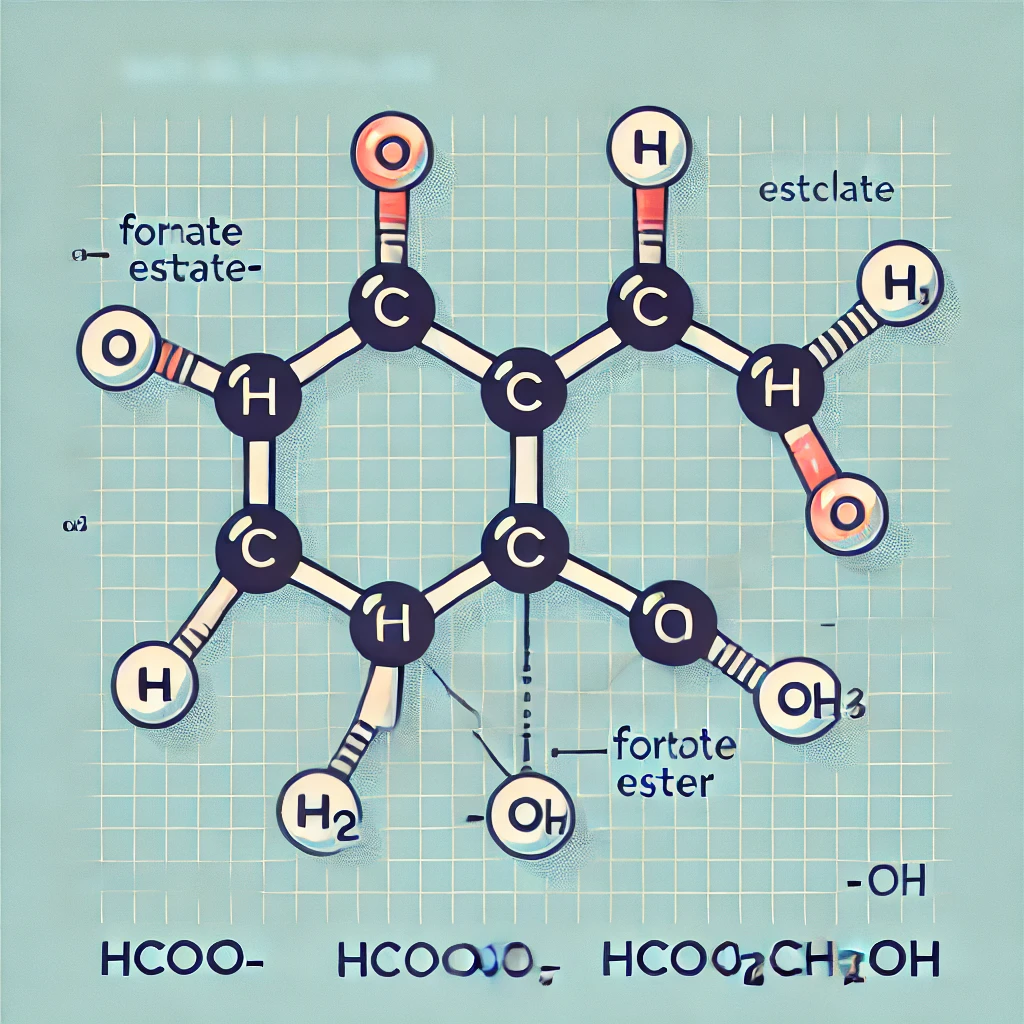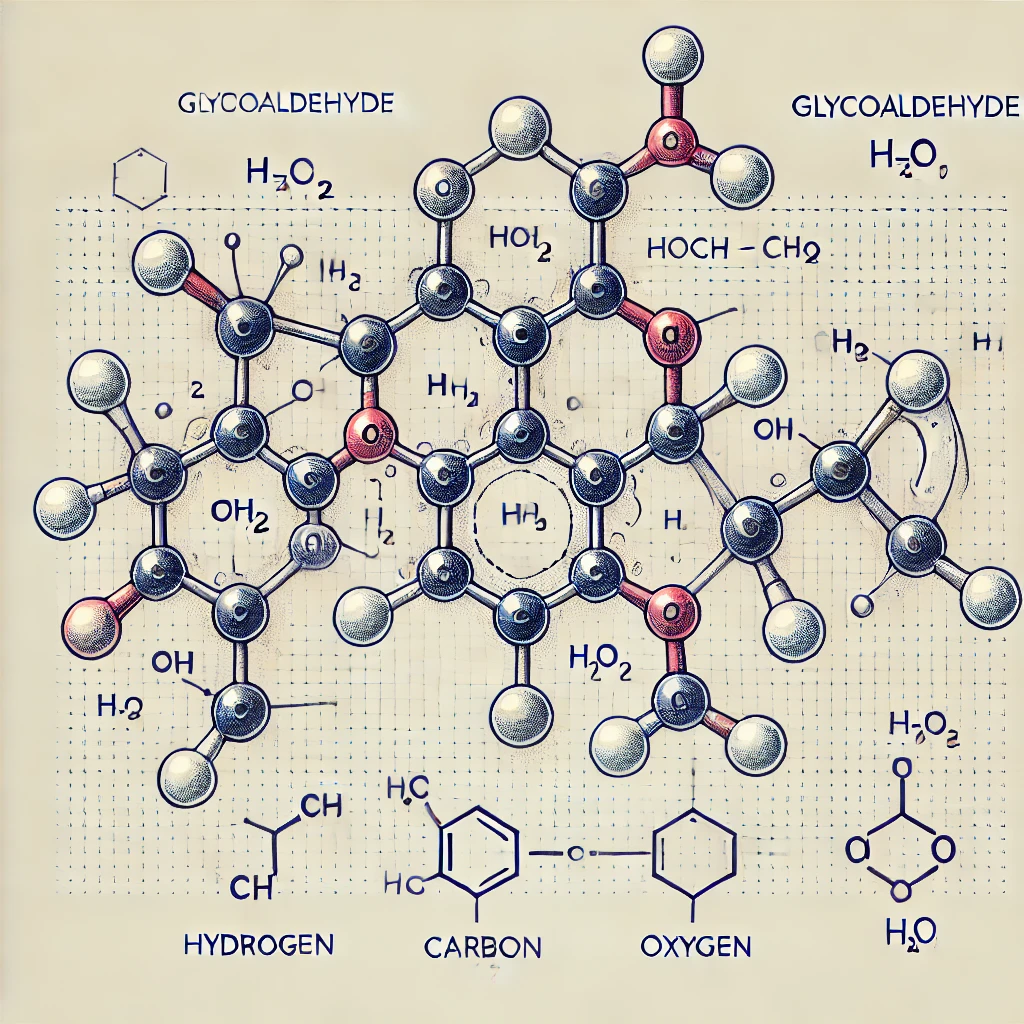Introduction
Chemistry often unravels fascinating insights into how molecules interact to form the foundation of life and technology. Among these molecular interactions, compounds like HCOOCH, CH2, and H2O play crucial roles in various chemical reactions and industrial applications. This blog explores these compounds, their properties, and their significance in different contexts.
If you’re looking to understand the chemistry of HCOOCH, CH2, and H2O, this article is a complete guide, written in a reader-friendly style to help you grasp the concepts easily.
What is HCOOCH?
Chemical Structure and Properties
HCOOCH, commonly known as methyl formate, is an organic compound with the chemical formula HCOOCH3. It belongs to the class of esters, formed by the reaction of formic acid (HCOOH) with methanol (CH3OH).
Key properties of HCOOCH include:
- Molecular Weight: 60.05 g/mol
- Physical State: Colorless liquid
- Boiling Point: 32°C (89.6°F)
- Solubility: Slightly soluble in water (H2O)
Applications of HCOOCH
- Solvent in Industry – Used in manufacturing resins, adhesives, and coatings.
- Intermediate in Organic Synthesis – Serves as a precursor for producing formamide and formic acid.
- Fumigant – Effective for pest control in agriculture.
Understanding CH2: A Reactive Intermediate
What is CH2?
CH2, also called methylene, is a highly reactive compound classified as a carbene. It contains two hydrogen atoms bonded to a single carbon atom, leaving the carbon atom with two unshared electrons.
Key Properties of CH2
- Short Lifespan: CH2 is highly unstable and exists only as a reaction intermediate.
- High Reactivity: Reacts quickly with other molecules due to its electron-deficient state.
- Role in Reactions: Often participates in cycloadditions and polymerization processes.
Applications of CH2
- Polymer Production: Used in creating polyethylene, a widely-used plastic.
- Synthetic Chemistry: Helps in forming cyclic compounds through cycloaddition reactions.
- Fuel Research: Studied as a potential intermediate in alternative fuel production.
H2O: The Universal Solvent
What is H2O?
H2O, or water, is a vital molecule for life. Its unique properties make it an essential component in chemical reactions, biological processes, and industrial applications.
Chemical Properties of H2O
- Molecular Formula: H2O
- Polarity: Highly polar, making it an excellent solvent.
- Hydrogen Bonding: Responsible for water’s high boiling point and surface tension.
Applications of H2O in Chemistry
- Reaction Medium: Serves as a solvent in various organic and inorganic reactions.
- Catalyst: Facilitates hydrolysis and hydration reactions.
- Temperature Regulation: Used as a coolant in industrial processes.
HCOOCH, CH2, and H2O in Chemical Reactions
1. Esterification Reaction
The formation of HCOOCH involves the esterification reaction between HCOOH (formic acid) and CH3OH (methanol):
HCOOH+CH3OH→HCOOCH3+H2OHCOOH + CH3OH \rightarrow HCOOCH3 + H2O
In this reaction, H2O is produced as a byproduct, demonstrating the interconnected roles of these molecules.
2. Hydration of CH2
CH2 reacts with water (H2O) in some conditions to form methanol (CH3OH), showcasing its role in organic synthesis:
CH2+H2O→CH3OHCH2 + H2O \rightarrow CH3OH
This reaction is significant in fuel production and industrial chemistry.
3. Decomposition of HCOOCH
Under certain conditions, HCOOCH decomposes to release CH2 and H2O, demonstrating its potential as a source of reactive intermediates:
HCOOCH→CH2+H2OHCOOCH \rightarrow CH2 + H2O
Significance of These Reactions in Industry
1. Pharmaceutical Industry
- HCOOCH is used as a starting material in drug synthesis.
- CH2 reactions are studied for developing novel pharmaceutical compounds.
2. Polymer Industry
- CH2 plays a central role in creating synthetic polymers like polyethylene.
- H2O acts as a medium for polymerization reactions.
3. Energy Sector
- HCOOCH and CH2 are explored as intermediates for producing biofuels.
- H2O is essential in hydrogen fuel production through electrolysis.
Environmental Implications of HCOOCH, CH2, and H2O
While these compounds are useful, they also pose environmental challenges:
- HCOOCH: Excessive use can lead to air pollution due to its volatile nature.
- CH2: Although not directly harmful, its instability requires controlled usage.
- H2O: Industrial water usage can lead to scarcity and pollution if not managed sustainably.
Sustainable practices and proper waste management are essential to mitigate these issues.
Future Potential of HCOOCH, CH2, and H2O

As research progresses, these compounds hold significant promise:
- HCOOCH in Green Chemistry
Developing eco-friendly processes using HCOOCH as a solvent or intermediate. - CH2 in Advanced Materials
Exploring CH2 for creating high-performance materials with unique properties. - H2O in Renewable Energy
Using H2O as a primary component in hydrogen fuel cells to power the future.
How to Handle These Compounds Safely
HCOOCH Safety Tips
- Store in a cool, ventilated area.
- Avoid inhalation of vapors.
CH2 Precautions
- Handle in controlled environments due to its high reactivity.
- Use protective gear during experiments.
H2O Usage Guidelines
- Ensure industrial water is recycled to reduce waste.
- Monitor water quality for safe chemical processes.
FAQs About HCOOCH, CH2, and H2O
1. Is HCOOCH toxic?
HCOOCH can be hazardous if inhaled or ingested. Proper handling and ventilation are essential.
2. Why is CH2 so reactive?
CH2, or methylene, is a carbene with two unpaired electrons, making it highly reactive.
3. How is H2O used in chemical reactions?
H2O serves as a solvent, reactant, and catalyst in numerous chemical processes.
4. Can HCOOCH be used in biofuel production?
Yes, HCOOCH is being explored as an intermediate in sustainable fuel synthesis.
5. What industries use CH2 extensively?
CH2 is widely used in the polymer, pharmaceutical, and material science industries.
Conclusion
The chemistry of HCOOCH, CH2, and H2O is a fascinating interplay of reactivity and utility. These compounds are integral to many industries, from pharmaceuticals to renewable energy, and understanding their properties opens doors to innovation.
As technology advances, the applications of HCOOCH, CH2, and H2O will continue to expand, driving progress in science and industry. By handling these compounds responsibly and exploring their potential, we can unlock sustainable solutions for the future.


